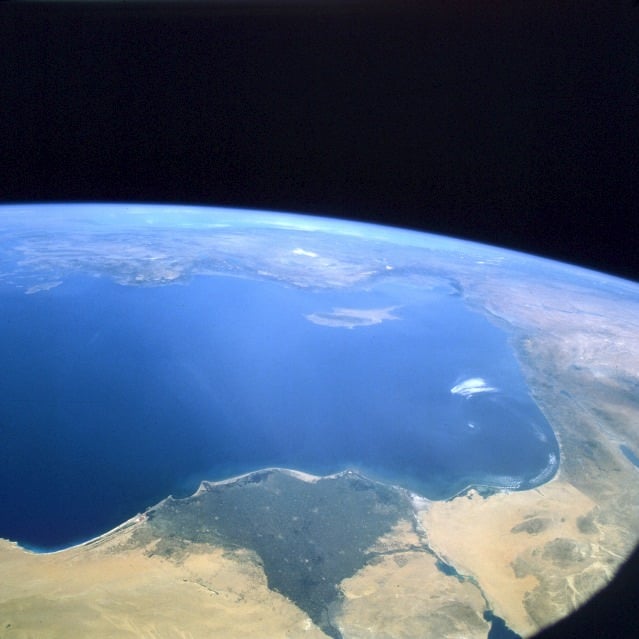We are all too aware of the pollution on planet Earth. There are increased amounts of plastic and garbage on the world's beaches and debris littering the oceans. Until now, it was thought that satellites weren't capable of tracking marine debris but a supercomputer algorithm challenges that. 300,000 images were taken every three days at a resolution of 10 metres and were able to identify large concentrations of debris.
Upper estimates of plastic in our oceans peak at around 200 million tons! Every day it is believed another 8 million pieces of plastic make their way into the marine environment. Now, a study led by a team at the Institut de Ciencies del Mar at the University of Cadiz believe it may be possible to study and track the surface debris in the oceans. Using supercomputers and advanced algorithms, the team have shown that satellites can indeed be used.
Using data from the European Copernicus Sentinel-2 satellite, a total of 300,000 images of the Mediterranean Sea were analysed. The images were taken every 3 days at a resolution of 10 metres. Typically of course, there is not much debris in the sea which is that big but accumulations of debris have grown to that size. The aggregations are known as 'windrows' and have built up as ocean currents and winds bring debris together to form large structures.
The output from the study reveals the most polluted areas of the Mediterranean and the main entry points from the mainland. It will help us to improve our understanding of the processes and mechanisms that transport debris across the ocean and even help us to perhaps predict movement. The results also show that the amount of debris in the Mediterranean covers around 95 square kilometres.
Unfortunately the research does not help resolve the issue of pollution but it does help us understand the scale. The team propose future satellites should be equipped with detectors to monitor the debris. It would increase the ability to detect plastic in the open ocean by a factor of 20 and help to model the impact of marine pollution on first, tourism and the marine ecosystem.
One element of the studies conclusion is that population density, geography and rainfall patterns play an important part in the accumulation of marine litter. Dry arid lands like deserts that play host to cities seem to contribute much less to marine litter while those that are much more temperate with higher rainfall seem to contribute more.
It is also interesting to note that the majority of litter that originates from land masses seems to be confined to 15 kilometres form the coast and subsequently returns after a few days of months. The team conclude that satellite based monitoring is an essential element in our battle against litter in the ocean. The technology can also be used for the detection of other floating objects such as the loss of ships, oil spills and even search and rescue elements.
 Universe Today
Universe Today

